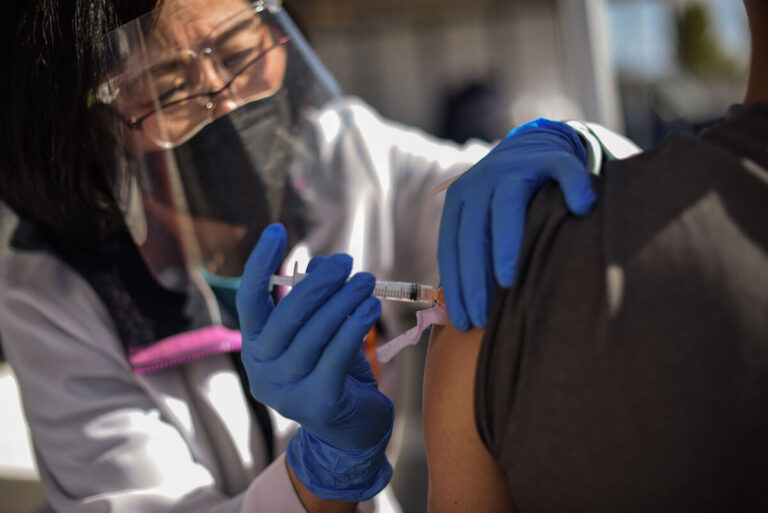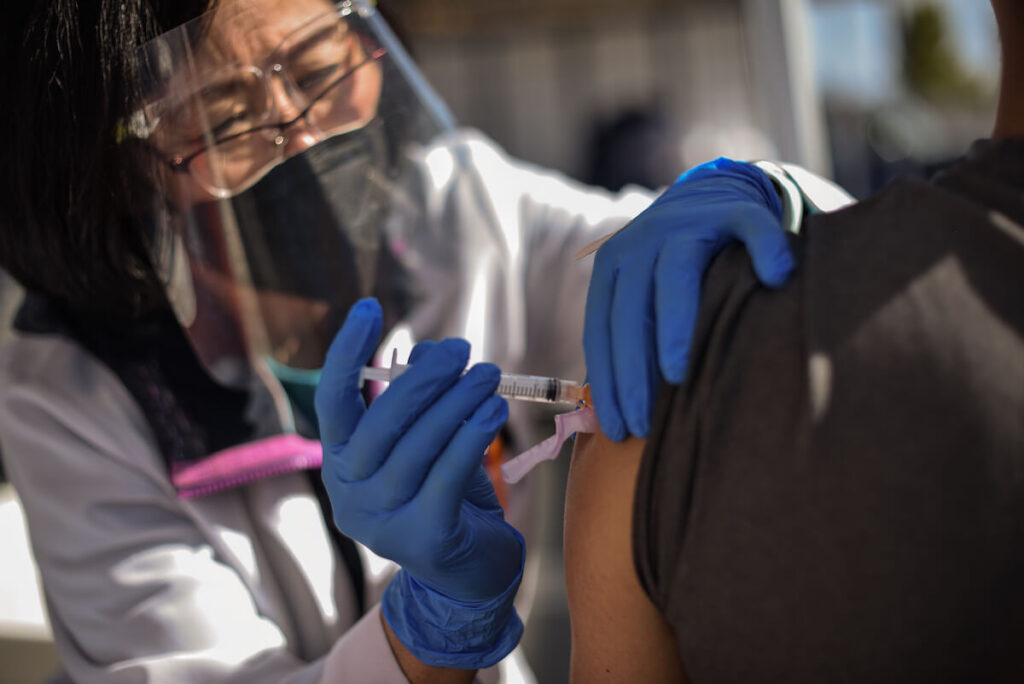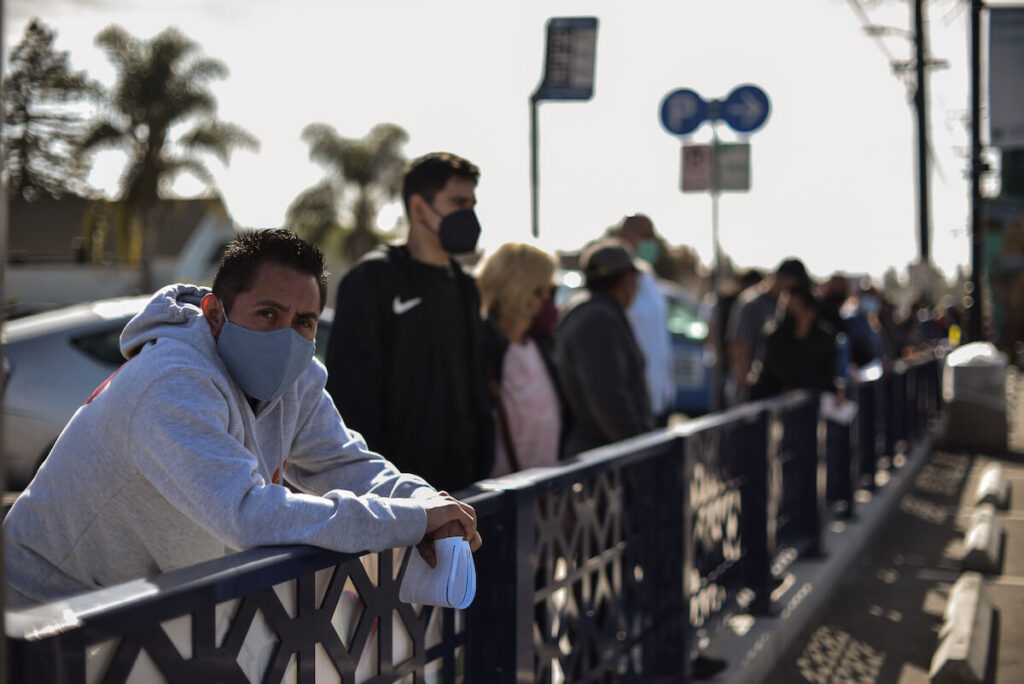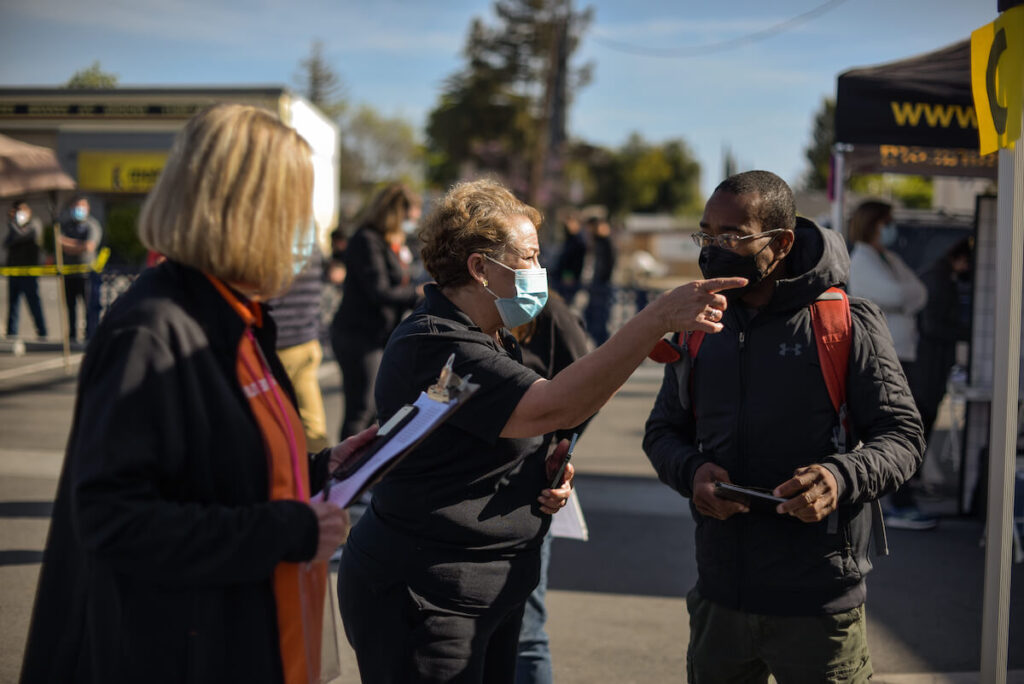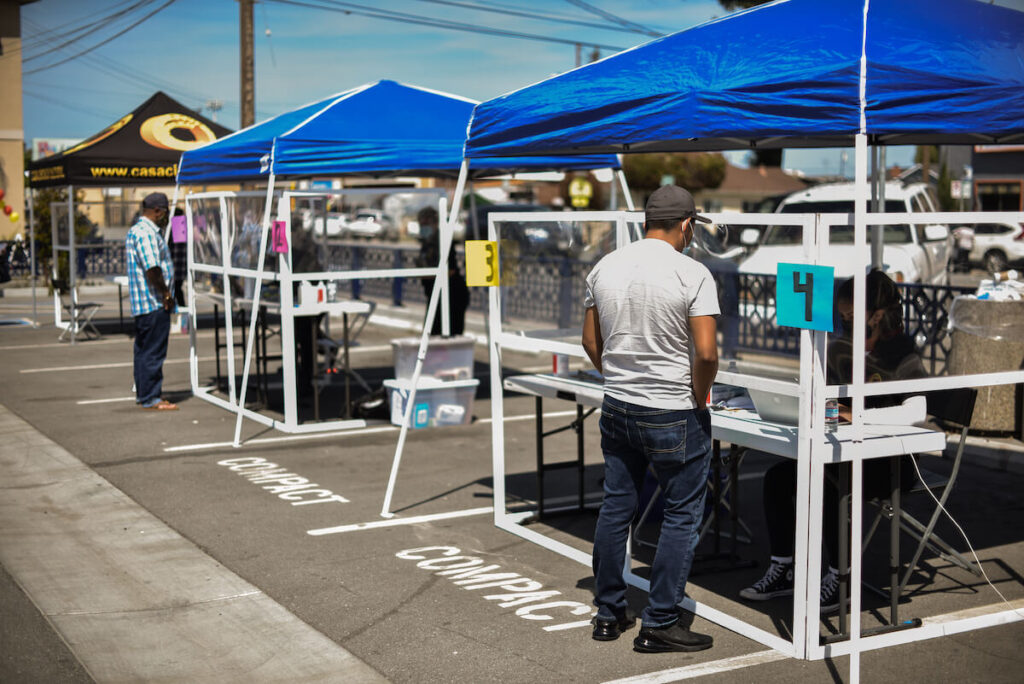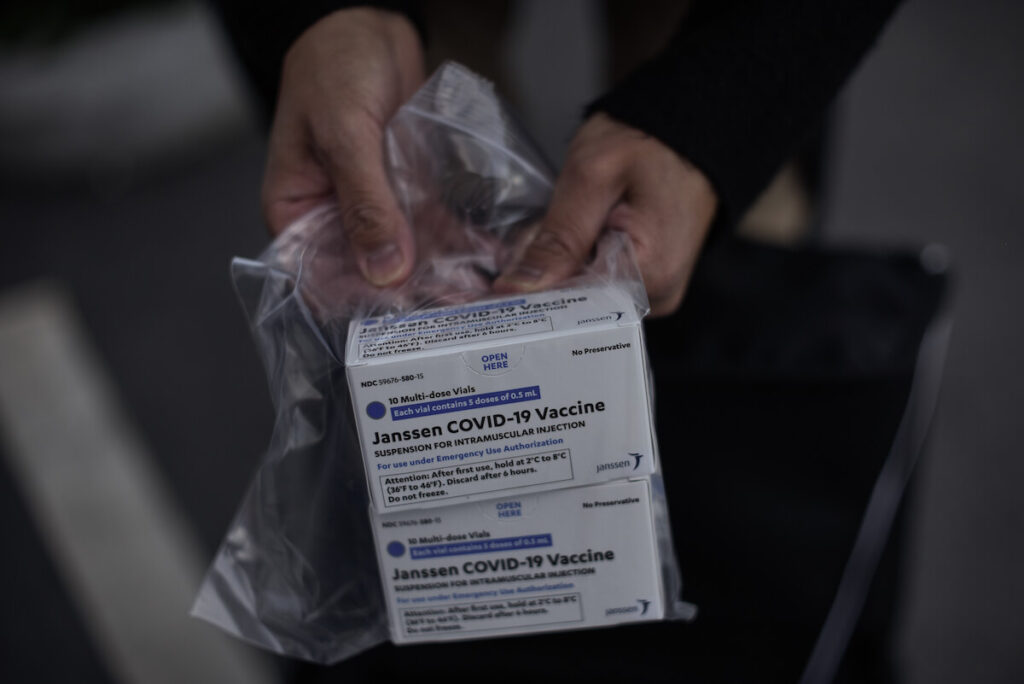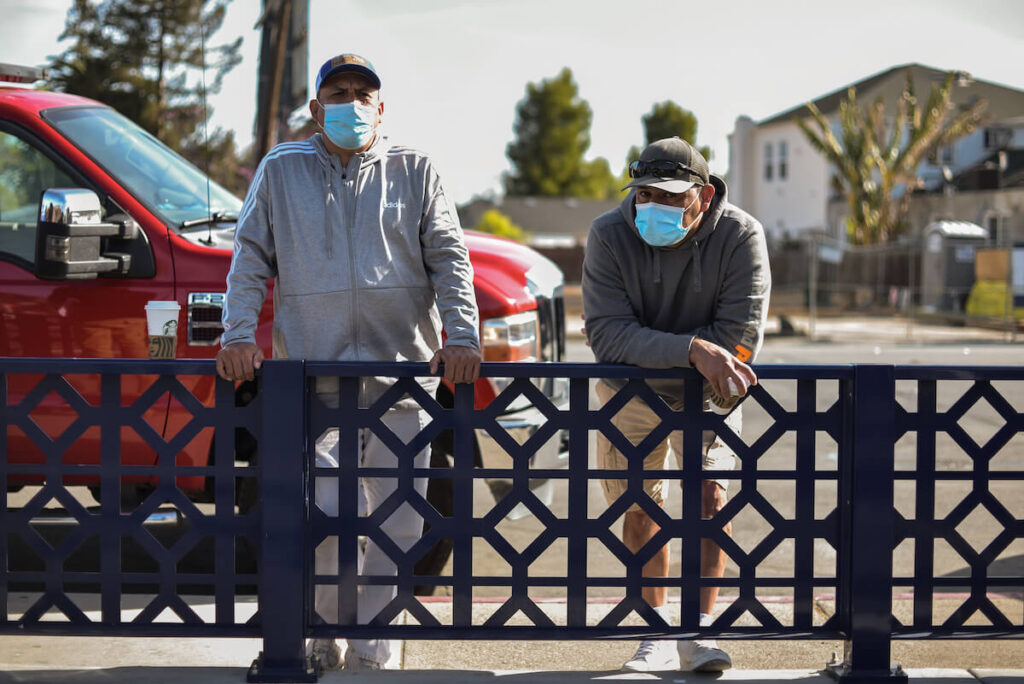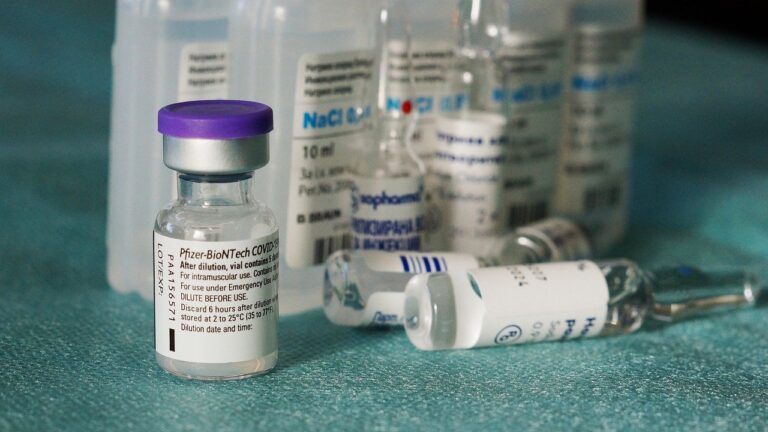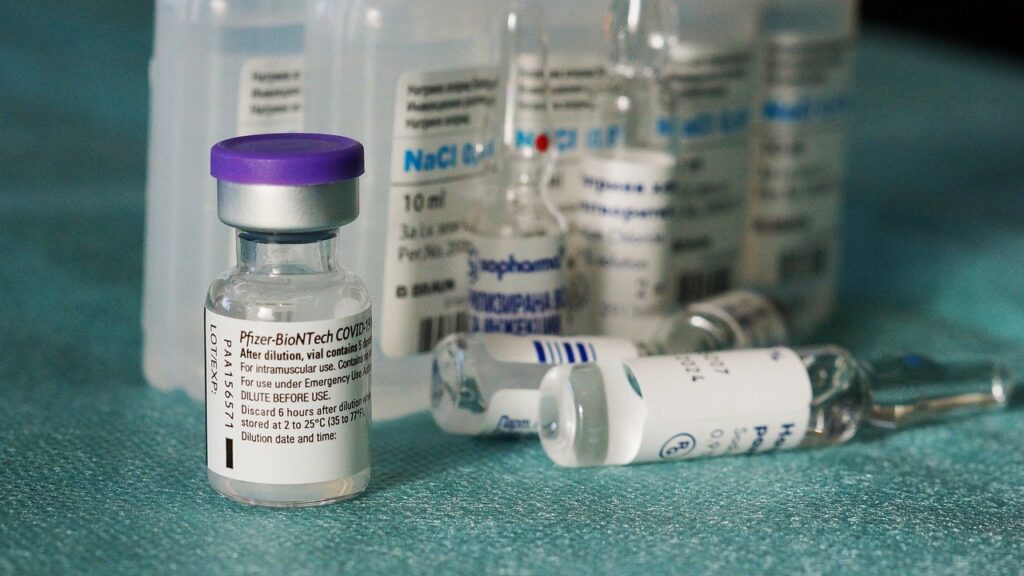Entrepreneurs making billions of dollars amass more capital as the COVID-19 pandemic unfolds in Silicon Valley.

Christian Carlos. Peninsula 360 Press [P360P].
The international press and organizations such as the World Bank point to a phenomenon focused on multi-billion dollar companies that, unlike the working class, along with the owners of small and medium-sized businesses, did not resist the onslaught of two waves of SARS-CoV-2 infections; however, multi-billion dollar companies are amassing more capital as the COVID-19 pandemic unfolds.
The COVID-19 disease was declared a pandemic by the World Health Organization on March 11, 2020 -more than a year ago-. This meant extreme measures of care in the population, which led to stop large-scale economic activities; which, in turn, resulted in unemployment, hyperinflation, instability in the stock market and, more recently, exports.
For a while, it was believed that Asian countries would be the first to see the strongest effects of the pandemic because the focus of SARS infection-CoV-2, the new coronavirus that causes the disease COVID-19-was found in the central city of Wuhan, China, an economic giant in Asia; however, the Asian economy began to recover rapidly during Q3 of 2020.
Meanwhile, economists early on predicted rising unemployment rates, business closures and the bankruptcy of small and medium-sized companies, which ended up happening in Europe - mainly in the UK, France, Spain and Italy - in Q3 2020. The same scenario was on the horizon for the Americas in Q4 2020.
Recently, Business Insider points out that billionaires increased their capital by 44 percent, while 80 million Americans lost their jobs - a figure as of February 2021. Notably, according to the report, just over 600 people have a fortune of more than $1 billion.
Most of the world's largest companies are not only headquartered in the U.S., but are located in the heart of Silicon Valley, which seemed "immune" to the effects of the new coronavirus.
Jeff Bezos, creator and CEO of Amazon, increased his fortune by 79 percent during the pandemic; that is, 90 billion dollars; with this, several media estimate that his net worth is around 200 billion dollars.
He is followed by Elon Musk, CEO of SpaceX and Tesla Motors, who recently invested in Bitcoins -cryptocurrency founded in January 2009-, increased his net worth by 277 percent; that is, during the pandemic, his capital increased by more than 68 billion dollars.
Despite the criticism that Facebook has received in the last two years due to its lack of privacy practices, the co-founder and CEO of the social network, Mark Zuckerberg, increased his fortune by 85 percent; that is, 46 billion dollars more before the pandemic by COVID-19, totaling approximately 101 billion dollars.
While Daniel Gilbert is a real estate mogul, it should be noted that the owner of the Cleveland Cavaliers increased his fortune by more than 656 percent, leaving him with an estimated total of $49.2 billion.
Mackenzie Scott, who owns 4 percent of Amazon's stock, saw his fortune increase by more than 82 percent when the company's stock cost more than $3,400 in Q4 2020, giving him a total, after the ravages of the COVID-19 pandemic, of $65 billion.
Steve Ballmer, former Microsoft CEO and owner of the Los Angeles Clippers, saw his fortune begin to grow in the midst of the pandemic by just over 42 percent, leaving him with an estimated net worth of $75 billion.
People who managed to keep their jobs are being forced to work remotely - telecommuting - so cloud platforms are becoming increasingly popular. And so capitalized the co-founder and CEO of California-based Oracle Corporation, which grew more than 36 percent during the height of the COVID-19 pandemic; its net worth is estimated at more than $80 billion.
After Bill Gates disposed of most of his shares, he eventually kept 1 percent of Microsoft's stock; however, a $20 billion increase - that's 20 percent - leaves his net worth at an estimated $118 billion.
Alphabet, Inc., a subsidiary of Google, had an important growth during the worst months of the COVID-19 pandemic; this was reflected in the fortunes of Larry Page -CEO- and Sergey Brin -co-founder-, whose average increase was 37 percent, which means that both saw their capital increase by 19 billion dollars; both have a net fortune estimated at 140 billion dollars.
As you can see, the tech giants - Amazon, Google, Facebook - did not suffer the effects of the pandemic, unlike the tens of millions of Americans who lost their jobs a year after the health emergency began.
Economists, however, could not predict that they would encounter a 270 percent-plus increase - as in the case of Elon Musk - in the fortunes of the already billionaires. Nor could they have predicted the independence of stocks like $GME -GameStop - to the hands of individual shareholders, which would cause a clear instability on Wall Street. And finally, the Bitcoin fever, which is positioned, for the third time, as the cryptocurrency of choice after having the backing of Tesla and Elon Musk.
But foreign companies such as Sony, Nintendo and Samsung, begin to go through difficult periods as a result of telework: the overdemand of semiconductors; and, on the other hand, Apple -giant of American origin-, has cornered the market of the same to prepare the launches of its products scheduled for Q4 2021.
While internet services are, in a way, unlimited, the electronics to carry out these tasks are about to become limited access goods due to the shortage of semiconductors. This would explain, for example, the null availability of recent generation video game consoles manufactured by Sony: the PlayStation 5, whose price is set at 399 and 499 dollars, but whose processing capacity is not precisely to run video games, but is used as a cheap way to mine different cryptocurrencies.
The phenomenon of why companies like Apple, Amazon, Google and Facebook remained on the rise during the COVID-19 pandemic is explained by the migration to telecommuting and, with it, the transfer of many people's lifestyles to their homes, which led to increased consumption of internet-connected goods and services.


